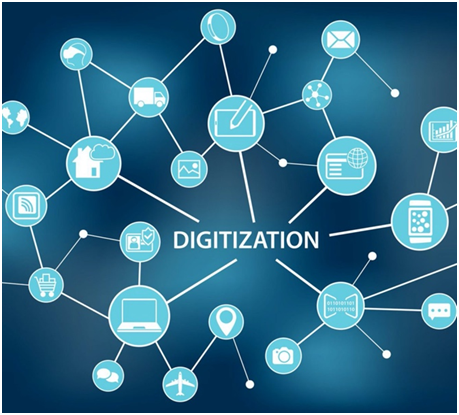
Charles R. Goulding and Alyssa Schneider think on pandemic-driven job market changes and where digital upskilling can help.
The COVID-19 pandemic has changed the world in a very unfavorable way. Thousands of people are losing their jobs and businesses are shutting down, which is putting the economy into a large slump. For a smooth and easy restoration from this current economic crisis, it is vital for employees to be more experienced and skilled with new and improved current technology. Microsoft is working to help give people more “digital skills” to help solve this ongoing issue.
Microsoft has calculated that in 2020 alone, the United States unemployment rate has increased by about 12.3% and almost 21 million people are newly out of jobs. This pandemic has brought light to how large the skills gap is and that there must be a change. The route towards recovery from this pandemic starts with educating and focusing the world on technology to gain significant digital skills.
LinkedIn and 3D Printing

Microsoft’s goal is to implement digital skills and abilities to around 25 million people by the end of 2020. LinkedIn previously created an economic graph to digitally represent all the available jobs on the market along with the skills required. LinkedIn has become very popular over the past few years, giving opportunities to the growing population and helping the economy thrive.
LinkedIn is now revealing more data and wisdom to the public such as what companies have jobs on the market and the top companies that are hiring along with the skill level required. This can all be accessed from a tool created by LinkedIn, with the help of Microsoft, called LinkedIn Workforce Data. Using this software and the 180 countries with acquirable information, consumers are able to set the search bar by country or region to view all the data files per region. With the statistics calculated, Microsoft was able to determine the top 10 jobs that require digital skills (which can be learned on the internet) with the most available positions that are predicted to improve overtime.
Top 10 careers include:
- Software Developer
- Sales Representative
- Project Manager
- IT administrator
- Customer Service Specialist
- Digital Marketing Specialist
- IT Support / Help Desk
- Data Analyst
- Financial Analyst
- Graphic Designer
The 3D printing industry is gradually transforming the world but needs more people with an advanced digitalized skill level. Teaching society the digitalized skills for 3D printing will better prepare them for the future digitalized world. The top 10 careers listed above require these same digital skills, which can be applied to 3D printing. The future of 3D printing and digitalization is raising the bar and making it important for the world to learn about it.
The Research and Development Tax Credit
Enacted in 1981, the now permanent Federal Research and Development (R&D) Tax Credit allows a credit that typically ranges from 4%-7% of eligible spending for new and improved products and processes. Qualified research must meet the following four criteria:
- Must be technological in nature
- Must be a component of the taxpayer’s business
- Must represent R&D in the experimental sense and generally includes all such costs related to the development or improvement of a product or process
- Must eliminate uncertainty through a process of experimentation that considers one or more alternatives
Eligible costs include US employee wages, cost of supplies consumed in the R&D process, cost of pre-production testing, US contract research expenses, and certain costs associated with developing a patent.
On December 18, 2015, President Obama signed the PATH Act, making the R&D Tax Credit permanent. Beginning in 2016, the R&D credit can be used to offset Alternative Minimum tax for companies with revenue below $50MM and, startup businesses can obtain up to $250,000 per year in payroll tax cash rebates.
Conclusion
Microsoft has been looking into the struggles that COVID-19 has brought and learning from it to better help the world move forward. They sought to improve digital skills worldwide giving people more experience and knowledge in order to fill more job slots. The digital training that occurs will help upgrading the 3D printing industry and assisting with the global economic recovery.

